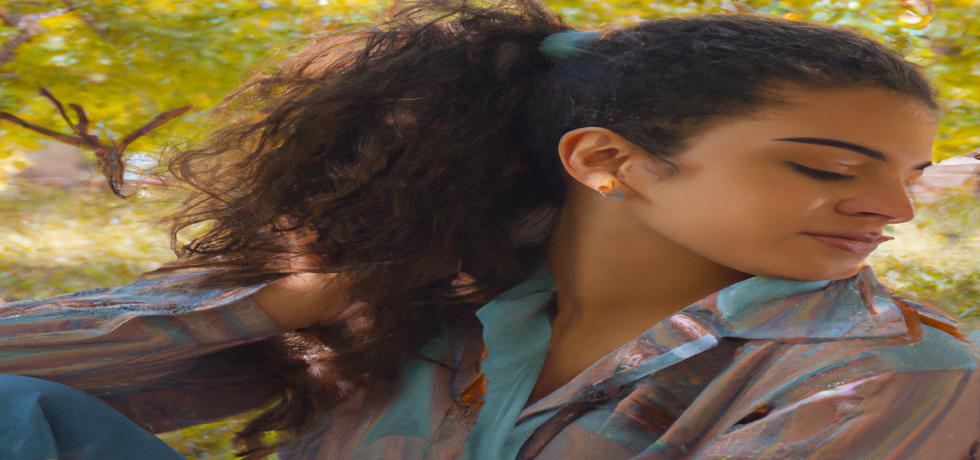
Understanding Alopecia: Types and Treatments
Hair Loss and Its Impact
Alopecia, commonly known as hair loss, affects millions of individuals across the globe. Many people, especially in their twenties and thirties, are troubled by the onset of hair thinning, leading to loss of self-esteem and confidence. The emotional ramifications of hair loss can be profound, influencing personal and professional aspects of life. However, if you are experiencing hair loss, understanding the types of alopecia and their treatments can be a step towards reclaiming your confidence. Lets delve into what alopecia is and explore the various types and the solutions available.
What is Alopecia?
Alopecia is an umbrella term referring to hair loss that can present in different ways and can affect both men and women. It is crucial to differentiate between normal hair shedding (which involves losing 50 to 100 strands daily) and alopecia, where the loss is significant and noticeable. Recognizing the symptoms early on can aid in better management of this condition.
Types of Alopecia
There are several types of alopecia, each with distinctive characteristics:
Androgenic Alopecia
This is the most common form of hair loss and can affect anyone. In men, it is often recognized as male-pattern baldness, while women experience it as female-pattern hair loss. This condition typically presents as thinning on the top and crown of the scalp. Genetic predisposition is a significant contributor to this type of hair loss.
Alopecia Areata
Characterized by sudden hair loss in patches, alopecia areata is believed to be an autoimmune disorder where the body attacks its hair follicles. This can lead to emotional distress, as hair loss can be unpredictable. Some individuals might find that their hair grows back without treatment, while others may require medical intervention.
Alopecia Universalis
Alopecia universalis represents the complete loss of body and scalp hair. This condition is rare but deeply impactful, often affecting eyebrows, eyelashes, and facial hair. It results from a severe autoimmune response similar to alopecia areata and can leave individuals feeling vulnerable.
Traction Alopecia
Unlike other forms of alopecia, traction alopecia is caused by external factors such as tight hairstyles. Repeated pulling can weaken hair follicles, leading to noticeable hair loss. It’s vital to recognize the signs early and modify hairstyles to prevent permanent damage.
Cicatricial Alopecia
This type of alopecia involves inflammation that can lead to scarring and permanent hair loss. The symptoms may include itching, redness, and pustules on the scalp. A biopsy is often required for diagnosis, highlighting the importance of consulting with a skincare professional.
Treatment Options for Alopecia
Treatment for alopecia will depend on its type and severity. Options include:
Platelet Rich Plasma (PRP) Therapy
PRP therapy is gaining popularity as a natural treatment method, using the body’s own platelets to encourage hair regeneration. This minimally invasive treatment involves drawing blood, processing it, and injecting the concentrated plasma into the scalp. Many patients have reported positive outcomes after undergoing this innovative procedure.
Growth Factor Concentrate (GFC) Treatment
The GFC treatment introduces concentrated growth factors to stimulate hair growth at a cellular level. Many individuals see improvement in hair density and overall scalp health through this method.
Corticosteroid Injections
For autoimmune-related hair loss like alopecia areata and universalis, corticosteroid injections may be administered to reduce inflammation and encourage regrowth. Regular sessions are typically needed to achieve desired results.
Medical and Lifestyle Management
Seeking the advice of a dermatologist is crucial. They may recommend dietary adjustments, skincare products that promote scalp health, and other lifestyle changes to support hair restoration efforts.
Conclusion: Taking Action Against Alopecia
If youre experiencing hair loss, its imperative to consult a healthcare professional to determine the underlying cause and explore effective treatment options. Remember, while alopecia can feel isolating, youre not alone, and various treatments are available to help manage this condition. The Skin Artistry offers specialized care to cater to your hair restoration needs.
For professional assistance and expert advice from leading dermatologists like Dr. Hital Patel, experience the benefits of understanding alopecia with Hair & Skin Specialist Dr. Hital Patel at The Skin Artistry. Our clinics in PDPU Gandhinagar, Vastrapur Ahmedabad, and Hyderabad (Visiting Consultant) offer top-quality care and personalized treatments. Visit us today to learn more about our services and take advantage of our special offers! For more insights, updates, or to collaborate, stay connected with The Skin Artistry.

